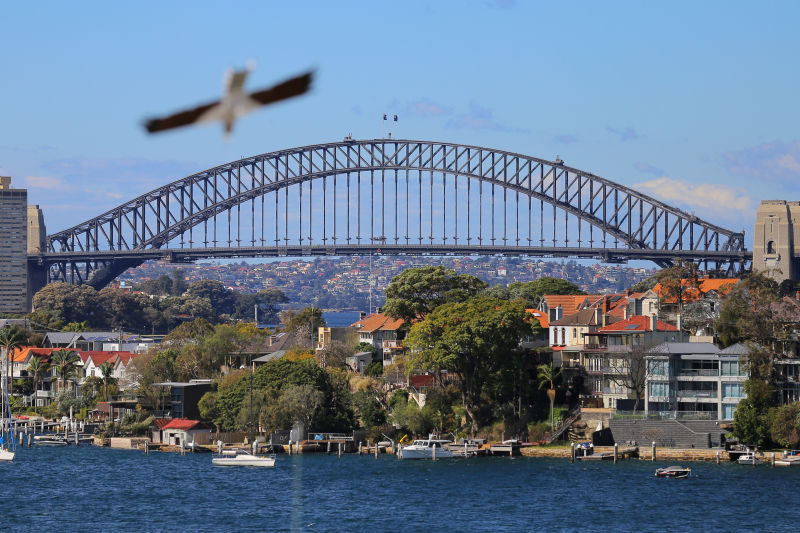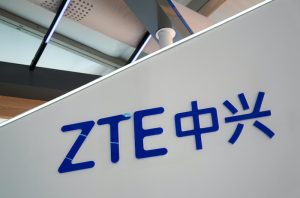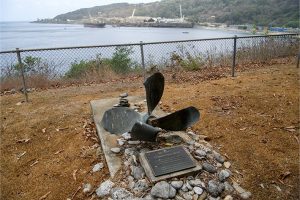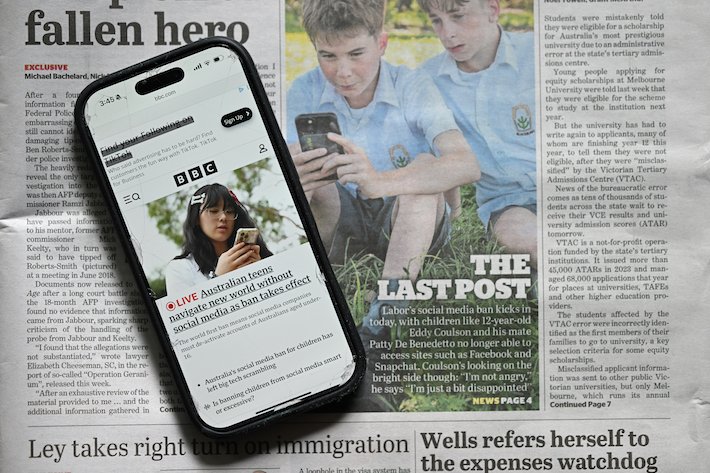Australia’s unemployment rate held at a 13-year low in March as jobs growth slowed after months of strong gains, though record-high vacancies suggest it is only a matter of time before unemployment falls further.
Figures from the Australian Bureau of Statistics on Thursday showed a jobless rate of 4.0%, when analysts had looked for a drop to 3.9% and the lowest reading since 1974.
That will be a disappointment to Prime Minister Scott Morrison who was hoping a figure below 4% would bolster his economic credentials amid a close election campaign.
“While hours worked fell, this was largely due to flooding,” Barclays Shreya Sodhani analyst, said. “We think the jobs data was strong overall, though slightly less than expected.”
It might also ease pressure on the Reserve Bank of Australia (RBA) to lift interest rates next month, though markets are still wagering the first hike in a decade will come later.
“A strong labour market alone is unlikely to drive a May hike,” Sodhani said. “We see hikes starting in July.”
There is no doubt the labour market remains very tight with employment rising by another 17,900 in March, and a stellar 338,000 in the past 12 months.
Underemployment hit the lowest since 2008 and participation rates held near record highs at 66.4%. Demand for labour is also red hot with vacancies at an all-time peak of 423,500, 86% higher than their pre-pandemic levels.
The RBA has already dropped a pledge to be patient on policy amid signs the tightening labour market was finally pushing wages higher, and adding to inflationary pressure.
More businesses are planning to pass on rising input and labour costs to customers, a major change from recent years when fierce competition kept prices restrained.
The consumer price index – due out on April 27 – is expected to surge well above 4%, while core inflation should top the RBA’s 2-3% target band for the first time in a decade.
- Reuters, with additional editing by George Russell
READ MORE:
Australia’s Viva Energy OKs Project to Produce Cleaner Petrol
Inflation, Interest Rates Weigh Down Australian Confidence
Japan’s Osaka Gas Backs $11bn Hydrogen Project in Australia
























